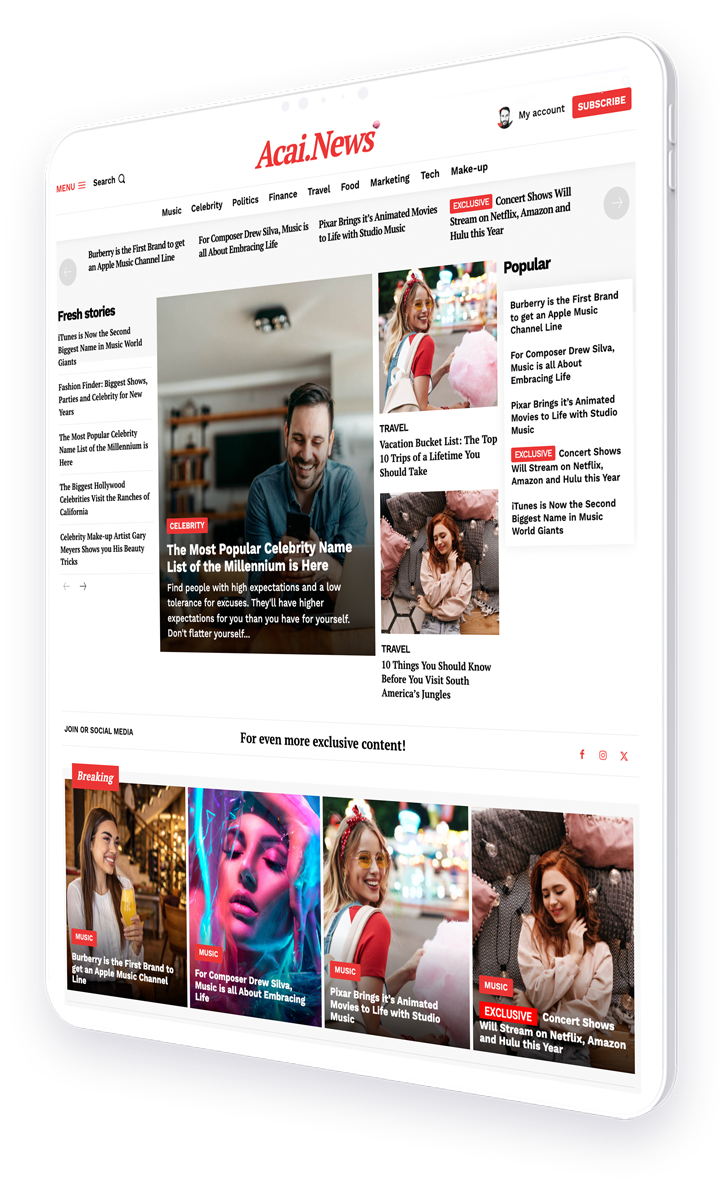Exploring why structured, narrative-rich formats rank better than short posts
As the digital landscape evolves, the strategies for capturing audience attention and ranking high on search engines have significantly transformed. One notable trend is the increasing preference of search engines for long-form magazine content over shorter blog posts. This article delves into the reasons behind this shift, exploring how structured, narrative-rich formats not only engage readers more deeply but also satisfy the algorithms that dictate online visibility.
- Understanding Search Engine Behavior
- Benefits of Long-Form Content
- Case Studies
- Strategies for Creating Engaging Long-Form Content
- Conclusion
Understanding Search Engine Behavior
Search engines are designed to prioritize content that offers the most value to users. Google’s sophisticated algorithms, such as BERT and RankBrain, are particularly adept at understanding and prioritizing well-structured, detailed content. These algorithms analyze user interaction metrics such as dwell time, bounce rate, and click-through rate to gauge content quality, often favoring long-form content that keeps readers engaged for longer durations.
Benefits of Long-Form Content
Long-form content typically exceeds 1,200 words and covers a topic in comprehensive detail. Here are several key benefits:
- Enhanced User Engagement: Detailed explorations of topics encourage readers to spend more time on the page, reducing bounce rates and increasing dwell times.
- Higher Search Rankings: Google and other search engines rank content that provides comprehensive information on a topic higher than superficial articles.
- Increased Shares and Backlinks: Long-form content is more likely to be shared and linked back to, which further boosts its visibility and authority.
Case Studies
Several studies and real-world examples highlight the effectiveness of long-form content. For instance, a study by Backlinko found that long-form content tends to accumulate more backlinks than short articles, which is a critical factor in search engine rankings. Another example is the success of platforms like Medium, where in-depth articles receive not only higher engagement rates but also enhanced visibility through recommendations.
Strategies for Creating Engaging Long-Form Content
Crafting compelling long-form content requires more than just increasing the word count. Below are strategies to ensure the content is both engaging and SEO-friendly:
- Focus on Quality Over Quantity: Every paragraph should add value, addressing reader questions comprehensively.
- Use Subheadings and Bullet Points: These help break down information into digestible pieces, making it easier for readers to scan and understand.
- Incorporate Multimedia: Images, videos, and infographics can help illustrate points more effectively and keep the reader engaged.
- Optimize for Keywords: While the narrative should flow naturally, it’s important to strategically include relevant keywords to boost SEO.
Conclusion
The shift towards long-form magazine content is not just a passing trend but a strategic response to the evolving algorithms of search engines. By focusing on detailed, well-structured content, publishers can not only enhance user engagement but also improve their online visibility and authority. As digital platforms continue to prioritize value-driven content, the importance of adopting long-form formats becomes increasingly clear for anyone looking to succeed in the competitive world of online content.
For further reading on the impact of content length on SEO, visit Backlinko’s comprehensive analysis.




